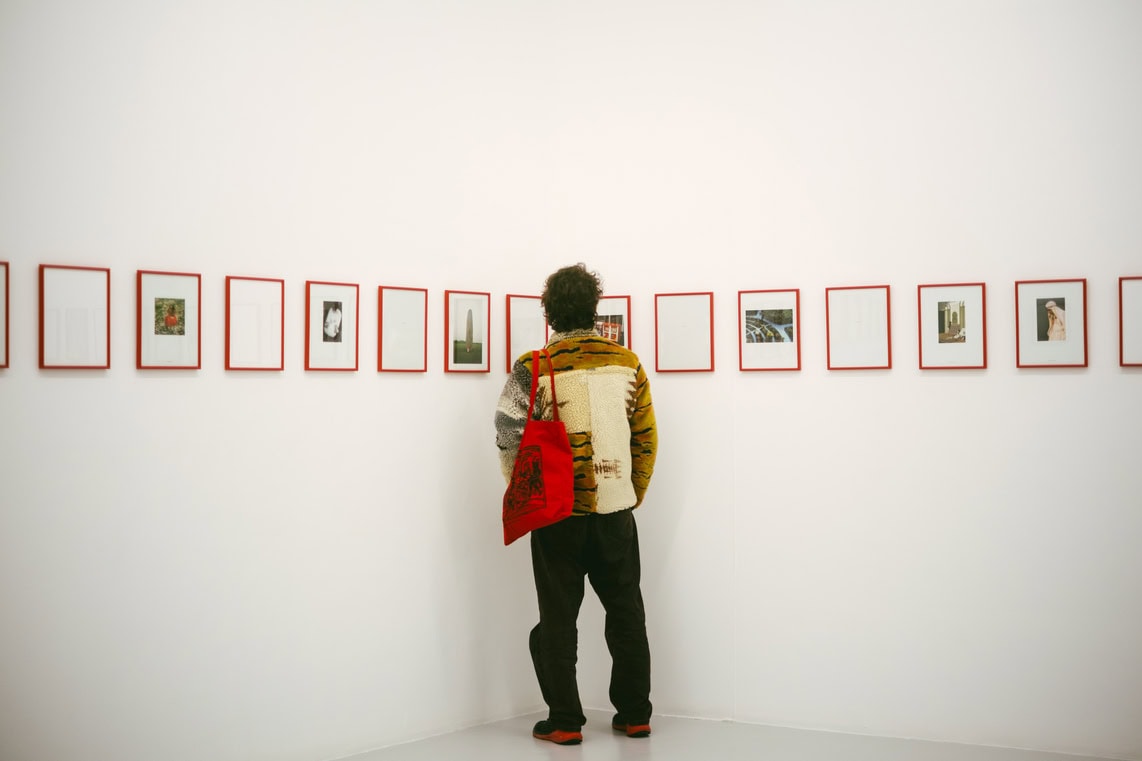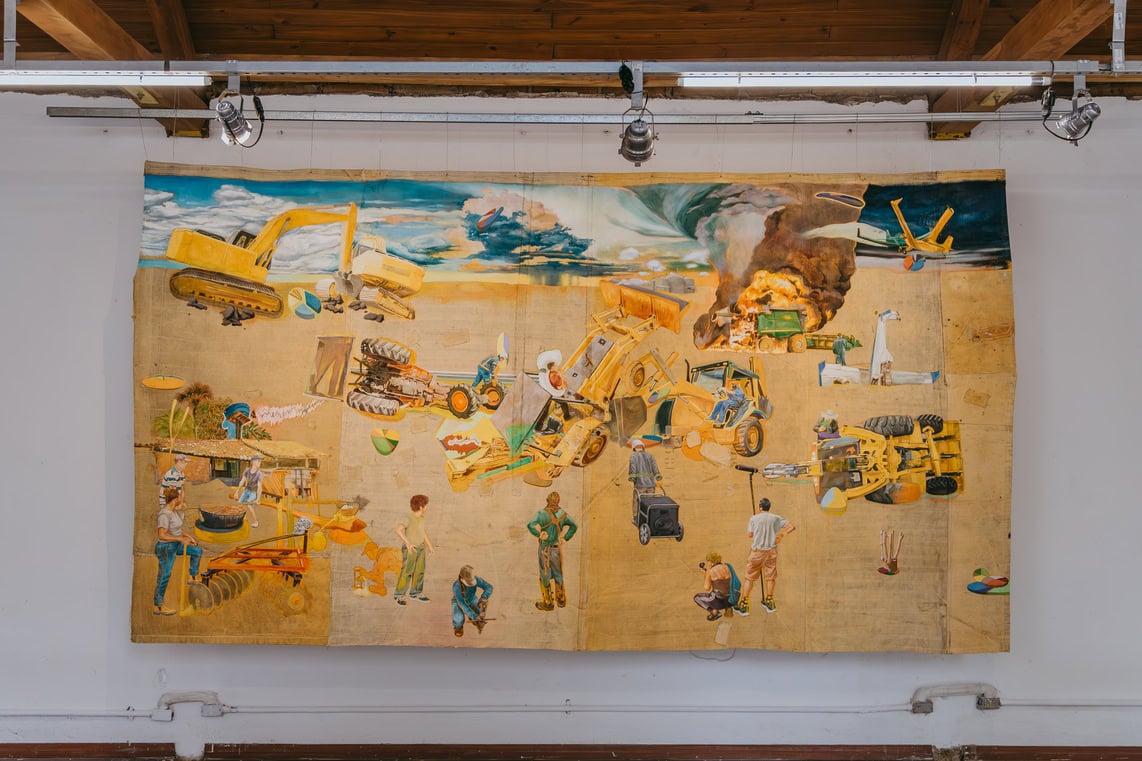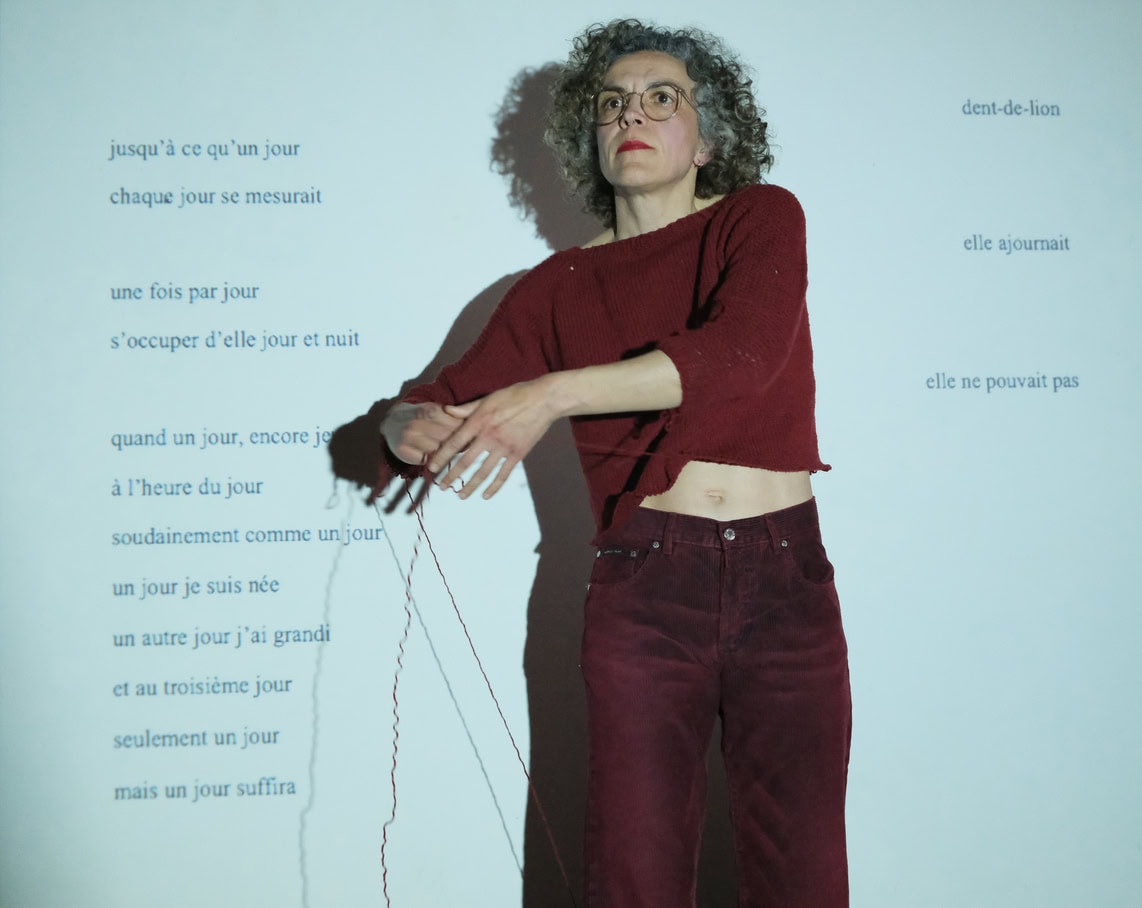What are the spaces in which art can expand? How does proximity influence the artist-audience relationship?
With growing criticism and questions about the inaccessibility and commercialization of museums and galleries, there is an increasing need for alternative spaces where art can be created and displayed freely.
In response to this problem, the artist couple Ângelo Ferreira de Sousa, a visual artist, performer and literary translator, and Olivia Gutherz, a musician specializing in the baroque cello and viola da gamba, with a passion for free improvisation, created their artistic space in their own living room.
In an apartment in Belleville, in the 20th arrondissement of Paris, the Salon/Ensaio was born. The idea behind this project, inspired by the artistic and literary salons of the 18th and 19th centuries, was to provide a space that was both intimate and conducive to socializing, socializing, and the exchange of artistic experiences. The Salon/Ensaio emerged as a response to the need to find an alternative to the rigid bureaucratic processes of cultural institutions, and above all, to create a space where the two artists could articulate their different artistic approaches. In Angelo’s words: “We started looking for ways to have a collective project. Since I’m not a musician, how could I participate in her performances?”
The salon, which is now in its 8th edition, welcomes a wide range of artistic forms, including writers, visual artists, musicians and filmmakers. In addition to Ângelo and Olivia, artists who have already performed at the salon/rehearsal include Portuguese visual artist Carla Cruz, French writer Mathieu Larnaudie and American sound artist Melissa Van Drie. In addition to these participations, there have been several collaborations with the publisher MF, where several authors have presented their books and organized reading sessions.
What makes a space so conducive to artistic exploration? The immersiveness and comfort of a domestic space? The distance from the commercial aspect of galleries and other institutions where art becomes performative, becoming a response to consumer demand rather than a response to the artist’s need to create?
Domesticity does not only apply to the venue, but also to the process of artistic performance itself. The Salon, on the one hand, allows artists to explore their creative practices more fully, through the freedom to experiment, improvise and present works that, for one reason or another, would be difficult to accept in traditional cultural spaces. Even though it is a domestic space, it is also important to highlight the audience component. It is precisely the fact that the performer-spectator relationship is not neglected that allows for the existence of the dynamics necessary for the functionality of these live performances.
Previous editions, for example, have featured a concert of improvised music by Olivia, which reinforces the idea of this initiative as a moment dedicated to experimental creation and the expansion of our often overly classical conception of artistic practices.
As the biography on the project’s Instagram page describes: “Notre salon s’ouvre aux expériences artistiques et littéraire en intimité (Our salon is open to artistic and literary experiences in intimacy”).
Another aspect that makes the Salon possible is the fact that Ângelo and Olivia live in a logement studio, a soundproof apartment subsidized by the City of Paris for professional musicians. In this case, this public accommodation initiative allows them not only to freely develop the sound of the performances and presentations, but also to have nighttime hours for the project, which would not be possible in a building without soundproofing with multiple inhabitants.
When it comes to guests, both the artists and the audience are known to the couple – initially, mainly friends and close friends, but as the editions go by, more and more different people come together. According to Angelo: “The people who come are often not the same. The attendees are relatively few. Because people in Paris have more things to do, there is a lot of cultural offerings, the city is big and people are rarely available, so the audience that comes is often varied.” He adds: “People like this idea of closeness so much that they always suggest other ways to show their work, overcoming barriers of shyness and insecurities.”
The emphasis on the “intimacy” factor that a space like the Salon/Ensaio proposes is increasingly essential, and it is not just a problem of today. In a museum, there is both a mental and physical distance between the viewer and the creation, a distance that can be desirable in certain cases, creating a pedestal in the way an individual consumes the art they observe. Art is curated to be consumed in a specific way, with such a level of separation that it creates a hierarchy. At the museum level, this hierarchy does not only encompass the viewer, but also the artist, conditioning and influencing all processes from conceptualization, selection and the moment of exhibition.
In the 1970s, Japanese artist and writer Yayoi Kusama, in a text about the MET Museum in New York, “Museum Politics”, wrote: “Public interest in art has increased and attendance at museums has grown significantly, but the art presented is selected based on the prestige and financial benefit of the wealthiest rather than taking into account people as a whole.” (our translation, original exhibited at the exhibition “Yayoi Kusama: 1945 – Hoje”, Serralves Museum, 2024)
Other concerns that can be raised regarding the deep roots of capitalism in cultural spaces are the “sanitization” of art, censorship, and the selection process itself.
Another facet of this project is the cohabitation of two nationalities, corresponding to the origins of its organizers. The title of the project – Salon/Ensaio – combines two languages: French in the word salon, which simultaneously means “living room” and refers to the artistic salons that inspired it; and ensaio, a Portuguese word that describes an exercise in artistic training and which, in this case, alludes to the experimental nature of the salon and the act of practicing.
The idea of translating and bringing the two languages together proved to be an important point in this project from the outset. An example of this linguistic communion was the performance presented by the Portuguese artist Carla Cruz, at the 8th edition of the salon (12/04/2025), in which one of the components of the presentation consisted of the recitation of Portuguese poetry, accompanied by the projection of the French translation of the poems.
It is through dialogue between artistic areas that creation combined with spontaneity sheds its distant persona, transforming itself into a shared experience. As mentioned by Ângelo: “The fact that we are in our home, that it is an apartment, and that the people who come are our guests, the closeness is so real that many people who would never dare to ask questions and intervene, now do so because this closeness allows it. And we understand that in this dynamic there is a true revolutionary force for resistance against a certain cultural status quo.”


